On This Day…December 26th.
A salvaged Japanese mini submarine, here photographed from the bow. These min-subs were not named; instead they had a designation number according to production dates. Operationally, they were identified by their mother ship, so this mini-sub being attached to I-24 would be termed I-24 Tou (Japanese for ‘boat’).
The sub pictured here on December 26th was one of five operating in the vicinity of Pearl Harbour on the 7th December, ‘41. I-24tou (Ha-19) became lost after losing function of her gyrocompass and ran onto reefs, finally grounding herself on Oahu's east shore, 25 miles from the Pearl Harbor. The sub was captured with both torpedoes still in its tubes and it’s commanding officer became the first Japanese POW captured by US forces in World War II.
A Kawanishi H8K flying boat, code named by the Allies as ‘Emily’ photographed on Dec 26th, 1942.
Altough two ‘Emilys’ were used in the failed second attack on Pearl (March 4th, 1942), most of the 131 H8K flying boats built were used for reconnaissance purposes and were widely thought of as one of the best examples of flying boats. Only four survived the war, the example shown is below being examined by US troops on the Gilbert Islands on November 1943.
On 26 Dec 1943, Major General Rupertus' US 1st Marine Division land at Cape Gloucester, New Britain, as part of the push to capture Rabaul. The landing met fierce resistance from the Japanese 17th Division.
French magazine depicts ‘General Winter’, a substantial contributing factor in the military failures of both Napoleon's and Hitler's invasions of Russia.
26 December 1948; test pilot Ivan Yevgrafovich Federov became the first man in the Soviet Union to exceed Mach 1 when he flew the Lavochkin La-176 in a dive from 9,000 meters to 6,000 meters. At first it was believed that the La-176’s airspeed indicator had malfunctioned, but during tests conducted the first week of January 1949, Federov repeated the dive and six times reached Mach 1.02.
B-17G ‘WOLFEL BEAR’ of the 486th Bomber Group crashed near Jamoigne, Belgium, 26 December 1944.
The 'Cobra King' crew -- 1st Lt. Charles Boggess, Cpl. Milton Dickerman and Pvts. James Murphy, Hubert Smith and Harold Hafner -- pose for a celebratory photo in the vicinity of Bastogne, Belgium shortly after the tankers led the armor and infantry column that liberated the city, 26th December 1944.

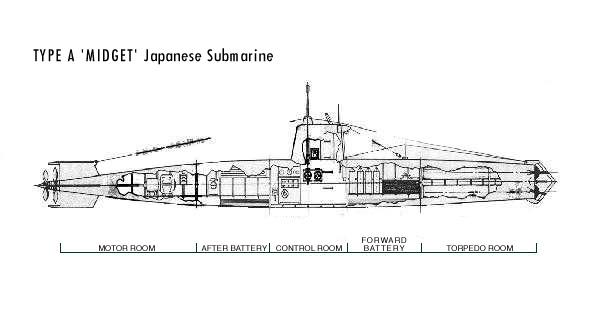
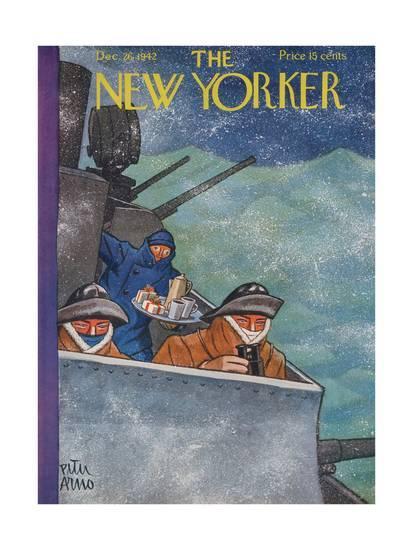
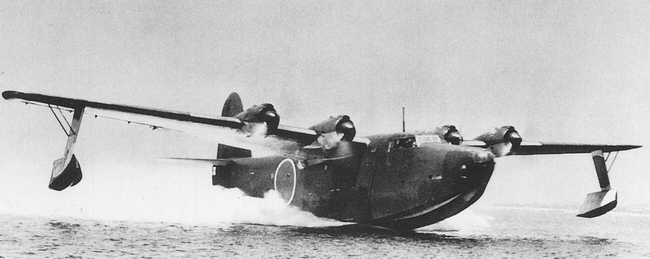
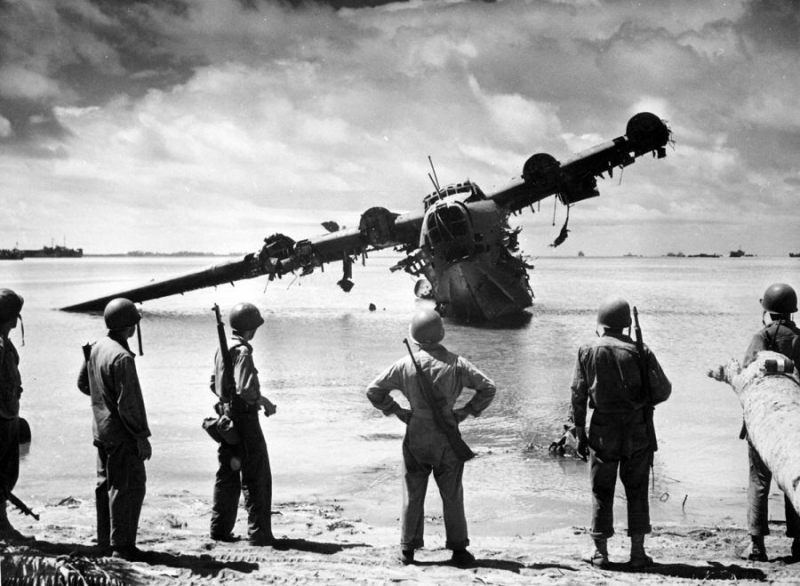
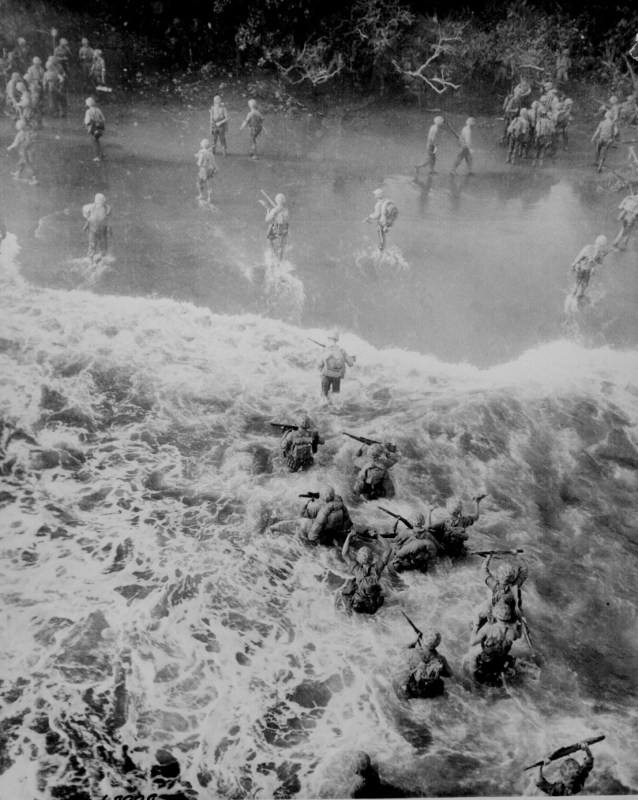
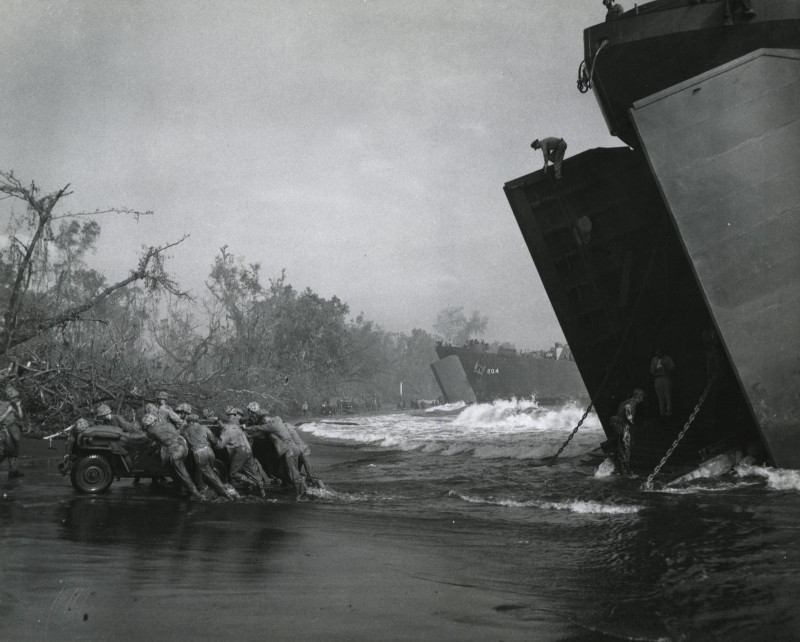
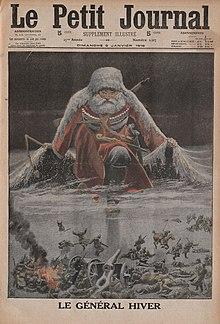
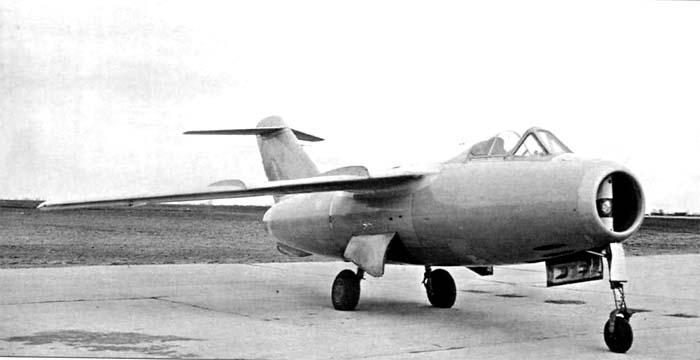
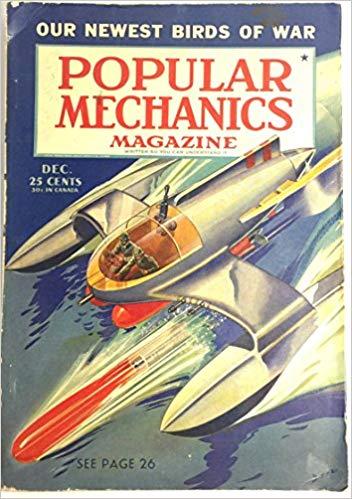
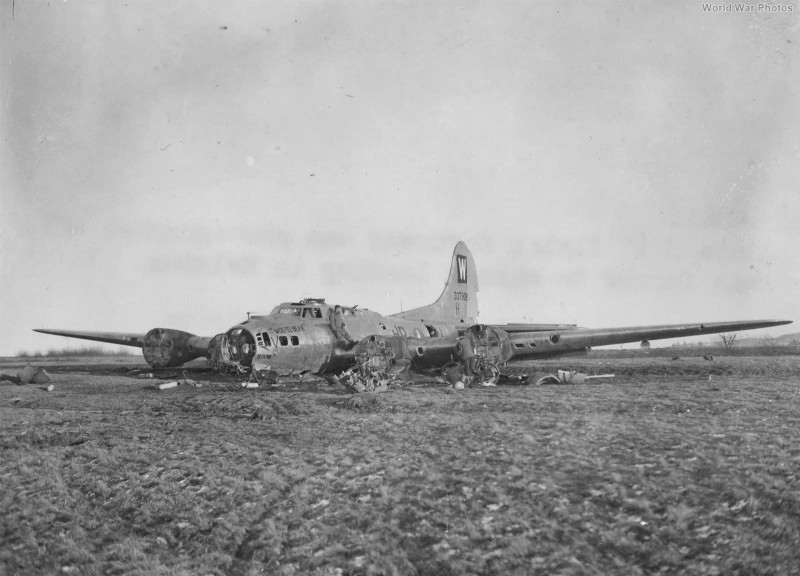
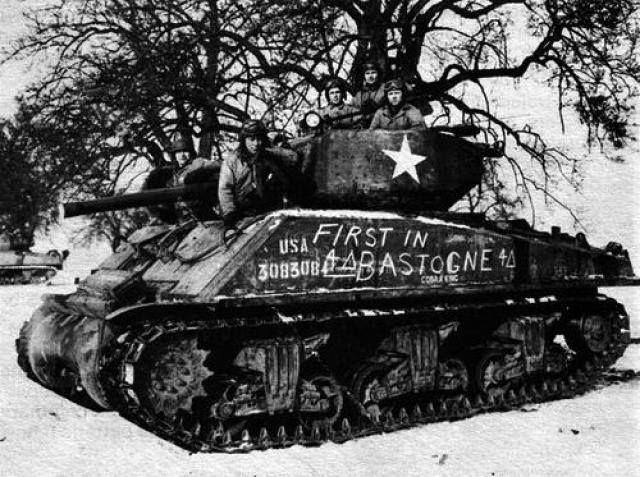
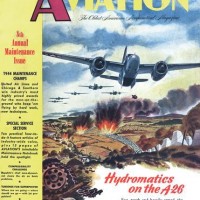
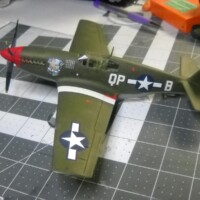
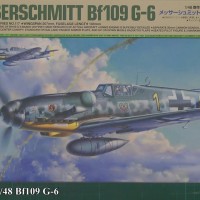
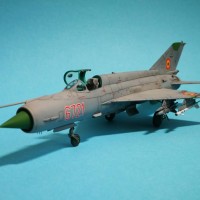
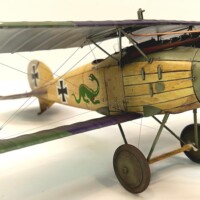
Another interesting selection!
Thanks, Robert. I sincerely hope you are enjoying the holidays and keeping yourself out of trouble.
Likewise my friend!
The Lavochkin was considered aerodynamically superior to the firmly-subsonic MiG-15, though its landing characteristics (that narrow main gear) meant that it was more difficult for graduates of Soviet flying schools to handle, so the MiG won the competition for production. The MiG was a formidable opponent to the Sabre and the Lavochkin would have only been moreso.
Agreed, Tom, the MiG-15 was slower and inferior in every way in the sky. Thankfully, though, the Russians went with that, and the rest is history.
The Mig was easier to make requiring less machine tooling. Cheaper and simpler to build as a result. It also, was designed to intercept and shoot down B-29's. With its three cannons. Which the soviets thought could be brought down with some 3 or 4 rounds. The B-29 being the weapon delivery system for the "bomb". The Soviets had the B-29 and reversed engineered it and now had the means to bring it down. Which they did.
In some ways the Mig-15 was superior to the Sabre. It could climb faster,fly higher and more "Honcho" pilots made ace with more kills than any of the allied pilots.
The critic's of the Mig always claim that the Russians reversed engineered Kurt Tanks design...which had the cockpit mounted on top of the axial flow engine. Something similar to the Lavochkin design. The Mig cockpit sat directly in front of the engine in a tub. Something to consider before, a truce was called for the Korean war or "police" action... the Russians had flown the Mig-17 and were starting to manufacture them. They redsigned the wing and lengthen the fuselage of the Mig-15... gave F-4 drivers in Vietnam fits and had they entered the Korean conflict one wonders. But with the death of Stalin and after having lost so much blood and treasure to WWII with the European allies on there door step... they with drew their pilots and saved the good stuff for later.
Great photos, David - and the explanations are very interesting. Thanks!
I hope all had a great, safe Christmas and I hope for Peace in the coming New Year ... not to mention, great photo essays like this!
Yes, one wonders indeed...
Great critique, Stephen, and a few more leads there to folllow up for the amateur historians like me out there. Thanks for the input.
Fotos e historias muy interesantes David...disfrutamos mucho con ello .Gracias